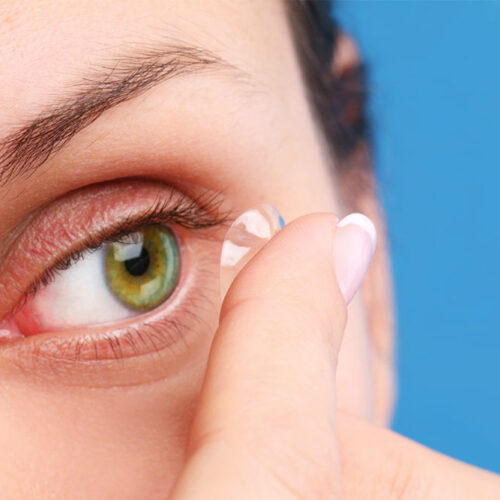6 useful tips for a DIY oil change

Changing the oil on your vehicle may look straightforward enough. But often, the simplest tasks are the ones that can result in unexpected problems if you are not paying attention. Just investing in premium quality oil to keep the engine running is not enough; you also need to follow the proper steps to ensure there are no engine troubles arising from poor maintenance. Here are a few simple tips to get you started right. 6 useful tips for a successful DIY oil change Buy the right oil You cannot just use one motor oil for different vehicles. Note that motor oil comes in different forms of density and viscosity, each formula unique to the engine that needs servicing. So, before comparing the best brands to buy premium motor oil, check and confirm if it matches the engine and vehicle configuration. Your vehicle manufacturer will mention the type of motor oil suggested for the current make, year, and model. Do it step by step The first thing to do is use the correct size wrench and unplug the oil filter. You need to first unlock the pan screw and allow the old engine oil to drain. It is better to use a jack to lift up the car so that you have more space to work with rather than trying to fit under the vehicle when it is sitting level.






